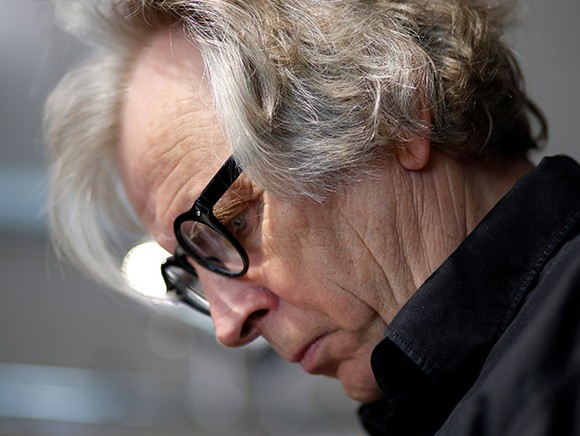
The Netherlands is a sparsely populated city—at least, when you compare it to a city like Tokyo. Take the area between Rotterdam and Alkmaar using two straight lines towards the coast, add 36 million residents to it, and you have Tokyo. Cut this urban area in half and you have the Netherlands, with 18 million people. The rest of the country is empty.
Another way to put it is that, when compared to a city like Tokyo, the Netherlands is a sparsely populated city with 11 shopping centres. In these shopping centres, we sell the bulk of our (more expensive) consumer goods. The market for ready-to-eat foods is flourishing: we are ordering online more and more often and getting the products, including food, delivered to us. In turn, the roads are becoming more and more congested: in the Netherlands, we spend 30 hours each year in our cars at a complete stop. In Munich, that number is 52 hours and rises to 102 hours for Los Angeles.
So I say: stop complaining about the traffic jams. We have to take action and quickly—right now, while there is still room in the Netherlands to do it. We should not wait until the government decides to intervene: there is no money there and even if there were, it would take forever before it was distributed. It will have to come from private funds. I am arguing for a completely different approach and thought process for transport.
What we need is an entirely different infrastructure. Soon, we will have to invest in light rail systems, transport tubes, and road trains 45 metres long that drive along the (practically empty) motorways during the night. At night, we will use the high-speed railways for getting goods from Rotterdam to Grenoble and Amsterdam to London, and during the day use the Betuwe line for rapid transport connections between Rotterdam-Cologne-Milan. The night is for flowers and vegetables. If we don’t do it now, we will end up living in a Los Angeles horror story: 16-lane motorways where we spend 2.5 work weeks idling in our cars. If we end up stuck in traffic, so will the economy.
Herman Bessels is an architect BNA at Bessels architekten & ingenieus B.V.
Source: © Vakblad Voedingsindustrie 2018